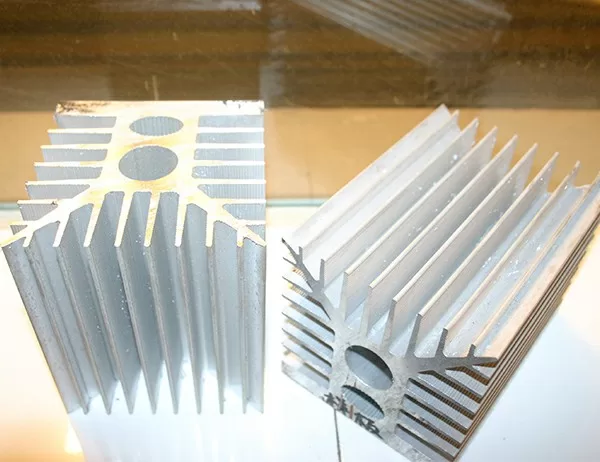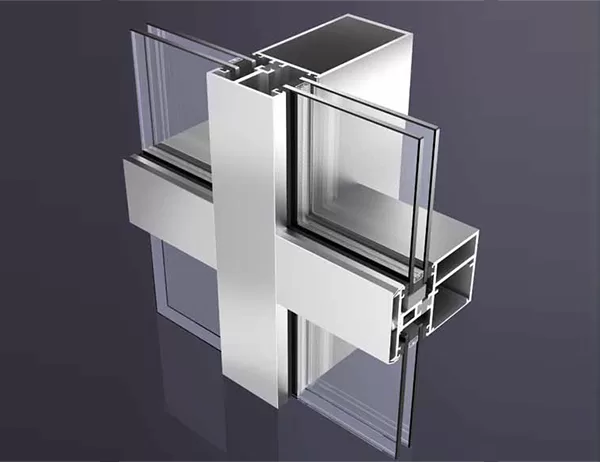In the realm of electronics, where miniaturization is king, the challenge of dissipating heat effectively becomes paramount. Aluminum heat sinks emerge as a crucial component in this battle, their exceptional thermal conductivity and lightweight nature making them ideal for compact devices.
1. Geometry Optimization:
Choosing the optimal geometry for your heat sink is essential. Parameters like fin count, fin height, and fin thickness play a significant role in heat dissipation. Use CFD (Computational Fluid Dynamics) simulations to analyze different configurations and identify the geometry that maximizes heat transfer.
2. Surface Modification:
Enhancing the heat sink’s surface area is crucial. Consider treatments like anodization or coating with high-thermal-conductivity materials. These modifications increase the sink’s surface area, promoting heat convection and radiation.
3. Thermal Interface:
A proper thermal interface between the heat source and the heat sink is vital. Use thermal paste or pads to minimize thermal resistance and ensure efficient heat transfer.
4. Airflow Optimization:
For forced convection heat sinks, optimizing airflow is essential. Utilize fans or blowers to increase airflow velocity over the heat sink’s fins. Consider the device’s enclosure design to ensure adequate ventilation.
5. Material Selection:
High-grade aluminum alloys offer superior thermal conductivity and mechanical strength. Choose alloys with minimal impurities to maximize heat dissipation.
6. Fin Design:
Proper fin design is critical. Consider fin spacing, shape, and thickness to balance heat transfer and pressure drop. Optimize the fin shape to minimize flow separation and maximize heat transfer.
7. Heat Pipe Integration:
For high-power applications, consider integrating heat pipes into your heat sink design. Heat pipes provide an efficient means of transferring heat over long distances.
8. Testing and Validation:
Thoroughly test your heat sink design using thermal testing techniques like IR imaging or thermocouples. Validate the sink’s performance under varying conditions to ensure it meets the device’s cooling requirements.
By following these tips, you can design compact and effective aluminum heat sinks for your electronic devices. Remember, meticulous engineering and thoughtful optimization are key to achieving optimal thermal management in compact and demanding applications.




